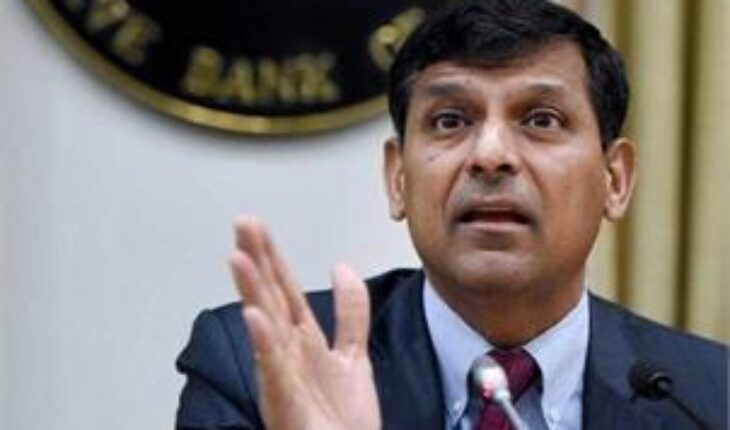NEW DELHI: RBI Governor Raghuram Rajan has said that he chose the “least bad” option of raising forex through FCNR(B) scheme three years ago, but it had helped in strengthening the rupee and stabilising the currency market.
When the rupee had plunged to a life-time low in 2013 and was in a free-fall due to the US ‘taper tantrums’, India had mobilised USD 26 billion through foreign currency non-resident bank account (FCNR-B) deposits by offering a special swap window for banks. The three-year deposits will mature this month.
“Policy making is about deciding in the face of uncertainty, after weighing the alternatives as best as one can. On the day I was to take over, with no good options on the table, I had to choose the least bad one. I decided to go ahead,” he said in a speech to university students here. Soon after taking over as the RBI Governor on September 4, 2013, Rajan announced the FCNR(B) scheme which was considered to be his masterstroke for stabilising the rupee. Terming it as an “iffy scheme” he said the scheme was a measured risk, with a probability that the RBI would lose money, a certainty that the bankers would make money, but also a reasonable chance that the country would be significantly better off. As regards the redemption of three year FCNR(B) deposits, Rajan said, “We are fully covered for outflows today and have made money on the deal. The rupee has been one of the most stable emerging market currencies since then.” The governor had earlier said he expects there would be outflows of USD 20 billion to repay people on maturity of FCNR-B deposits. In hindsight it seems like FCNR(B) was the obvious thing to do because it worked, Rajan said, adding “policy making invariably involves taking measured risks in the face of uncertainty”. Macroeconomic stability, he said, is of paramount importance for India and drawing from the experience of 2013, the central bank must have the resources, knowledge and professionalism to act when the situation warrants. Recalling his early days in RBI in 2013, Rajan said India had to get back the confidence of international investors and that meant convincing them India was still an attractive place to invest in, despite the then paralysed economic reforms. “Furthermore, they had to believe that the rupee would retain its value going forward. So I went from room to room asking RBI staff what they were working on, and what ideas for financial sector reform they were prepared to contemplate. “We packaged our ideas into a reform programme over the medium term that could change the narrative on India, especially given the fiscal reforms the government had initiated,” he said. –PTI





